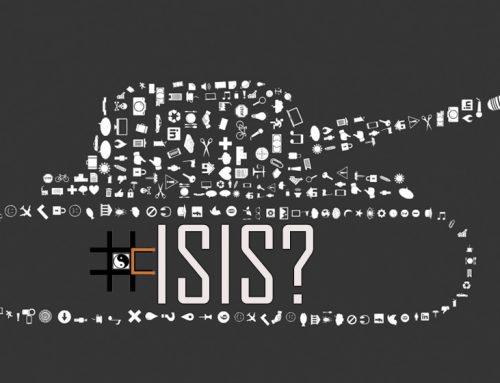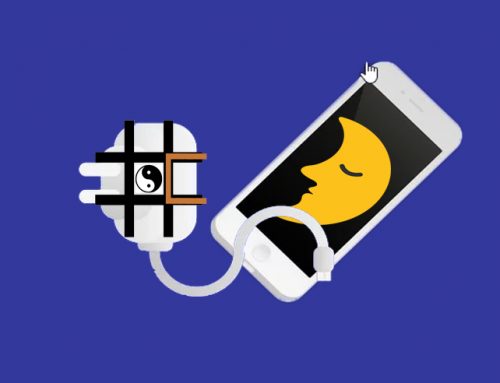Every Filipino knows what Independence Day is all about, it’s freedom from colonial rule. But there’s a lot most people don’t know about this holiday.
The Philippine Independence Day — is it June 12 or July 4?
The national anthem — is it Bayang Magiliw or Lupang Hinirang?
Who was the song’s composer — Jose Palma or Julian Felipe?
From the origins of the “Philippine National Anthem” to the real date when the Philippine flag was used, many facts about this national holiday will surely surprise you.
Here are 12 facts that you didn’t know about the Philippines Independence Day
1. The Philippine Independence Day on June 12 is a celebration of independence from Spanish rule
The Philippine Independence Day, or the country’s National Day, held every June 12 is the celebration of the country’s Declaration of Independence from Spain which was proclaimed on June 12, 1898 in the house of Emilio Aguinaldo in Cavite II el Viejo (present-day Kawit, Cavite).
July 4, meanwhile, is a celebration of independence from American rule. The United States of America granted independence to the Philippines on July 4, 1946 through the Treaty of Manila. July 4 was chosen as the date by the United States because it corresponds to the United States’ Independence Day.
2. July 4 was observed in the Philippines as Independence Day until 1962
It was only until on May 12, 1962 when President Diosdado Macapagal issued Presidential Proclamation No. 28, which declared June 12 a special public holiday throughout the Philippines. On August 4, 1964, Republic Act No. 4166 renamed the July 4 holiday as “Philippine Republic Day”, and proclaimed June 12 as “Philippine Independence Day”.
3. The Philippine Independence Day is to be celebrated for a period of 16 days
In 1994, as ordered by President Fidel V. Ramos in his Executive Order No. 179, the Independence Day is to be celebrated for 16 days, starting from May 28 up to June 12. Through this decree, the period was designated as flag days, during which all offices, agencies and instrumentalities of government, business establishments, institutions of learning and private homes are enjoined to display the flag.
It was also in his term, on 12 June 1998, that the nation celebrated its centennial — the hundredth year of independence from Spain.
4. The original title of the national anthem was Marcha Filipina Mágdalo (“Mágdalo Philippine March”) and not “Lupang Hinirang”
The song was arranged and composed by Julian Felipe.
It was later changed to Marcha Nacional Filipina (“Philippine National March”) upon its adoption as the national anthem of the First Philippine Republic on 11 June 1898, a day before independence was to be proclaimed.

5. The Philippine National Anthem has no lyrics when first played
It was originally written as an incidental “marching” music and it did not have lyrics when it was first played during the proclamation of Philippine independence on June 12, 1898.
The lyrics, adapted from the Spanish poem Filipinas and written by Jose Palma, were used a year after in 1899.

6. The “Lupang Hinirang” was declared as the title of the Philippine National Anthem only in 1938
Under the Commonwealth government of President Manuel Quezon, Commonwealth Act No. 382, approved on September 5, 1938, officially adopted the musical arrangement and composition by Julián Felipe as the Philippine national anthem and “Lupang Hinirang” as its title.
The song is titled “Lupang Hinirang (Chosen Land),” and not “Bayang Magiliw (Beloved Country)” as what most Filipinos have come to know.

7. The first Philippine flag was first used on May 28, 1898 – and not on June 12, 1898
Contrary to popular belief, the first Philippine flag was first displayed during the Battle of Alapan in Imus, Cavite. The flag was only formally unfurled during the proclamation of independence on June 12, 1898 in Kawit, Cavite.
The flag was sewn by Marcela Marino de Agoncillo with the help of her daughter Lorenza and Delfina Herbosa de Natividad (a niece of José Rizal).
8. The Philippine flag can be used both in times of peace and in war
A unique feature of this flag is its ability to indicate a state of war if it is displayed with the red side on top. Unlike in other countries, to indicate a state of war, the red field of the flag is flown upwards and is placed on the right if it is in a hanging position. In times of peace, however, the blue area is the superior field.
There were only 4 times when the red orientation was used,
(a) during the Philippine-American War from 1899 to 1901
(b) World War II by the Philippine Commonwealth from 1941 to 1945
(c) the coup attempts during President Corazon Aquino’s administration 1987 and 1989, and
(4) during EDSA III in 2001.
9. The original flag is currently being preserved at the Gen Emilio Aguinaldo Museum in Baguio City
There were earlier plans to restore the flag by replacing the worn-out portion of the flag, but they could not find the right type of threads to match those used by the tailors, so the idea was abandoned. The flag is more elaborate than the flag which is now currently in used.
It bears the embroidered words, Libertad, Justicia and Ygualidad (Liberty, Justice and Equality) on one side of the flag and Fuerzas Expedicionarias del Norte de Luzon(Expeditionary forces of Northern Luzon)) on the other.

10. US and Japan did not recognize Aguinaldo’s declaration of independence
Yes, both US and Japan never recognized Aguinaldo’s declaration of Philippine independence on June 12, 1898. That time, the country is under the Americans after Spain sold the Philippines to the US for $20 million, via The Treaty of Paris signed on December 10, 1898. This ended the Spanish-American war, but the Philippine-American war started.
11. The Philippine flag’s colors were a salute to the American flag
In his later speeches, Emilio Aguinaldo stated that the red color of the Philippine flag represented the bravery of the Filipinos. The white symbolized the Filipino’s love for peace, while the blue signified that Filipinos prefer to die rather to surrender to the enemy. However, Ambrosio Rianzares Bautistta mentioned in the Declaration of Independence in 1898 that the three colors serve as dept of gratitude to the American flag.
12. The original Philippine flag hoisted in Kawit, Cavite on June 12, 1898 got lost
Although many people that time that thought that it was the original one hoisted on June 12, 1898, Agoncillo confirmed that it was made of the fine silk she used. In his letter to Captain Baja dated June 11, 1925, Aguinaldo admitted that the original Philippine flag got lost in Tayug, Pangasinan in their retreat to Northern Luzon during the Philippine-American War.




















Incredible story there. What happened after? Take care!